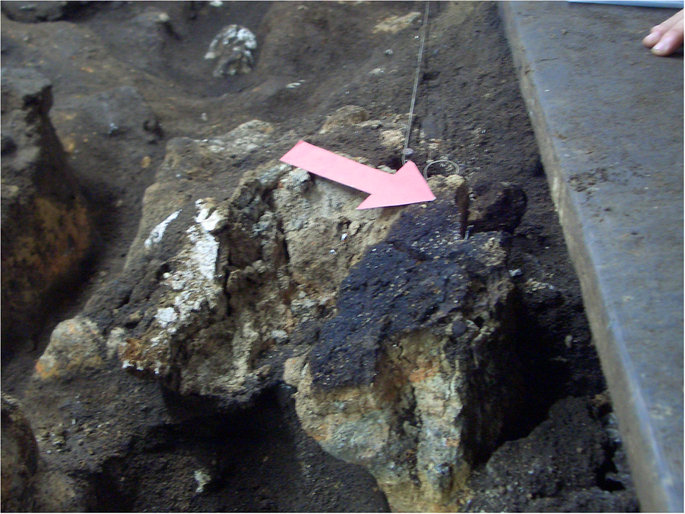Pollution in the world has always been a major issue, and many people are trying to prevent pollution in order to help the world. Whether it’s industrialization polluting the air, vehicles, or even disposing of trash, pollution is always at the back of human minds.
One particular kind of pollution is heavy metal pollution, which is usually caused by mining and smelting. Not only is it harmful to human health, but it is also harmful to the earth. Although it has been around for decades, there is new evidence that it was happening thousands of years ago.
Researchers believe that they have found some of the earliest signs of the man-made pollution in caves in Spain and Gibraltar. After doing some dating, it shows that the pollution was made during the Middle Paleolithic era.
The evidence found suggests that the ancient humans had lived in the caves nearly 1.4 million years ago. They had lived in these caves with the high metal levels that had been caused by fires, fumes, and ashes which had been present about 30,000 to 40,000 years ago.
The highest levels of metals were from copper, lead, nickel, and zinc. These had been found in Gorham’s Cave in Gibraltar in Spain. In those caves, Neanderthal hearths had been previously found.
New evidence has suggested that the cave had been inhabited nearly 100,000 years ago, the heavy metal pollution having been caused about 60,000 years later. This happens to be the earliest evidence of heavy metal pollution resulting from human activity.
The director of the Gibraltar Museum, Professor Clive Finlayson, had said that they have looked at the metal concentrations in the cave deposits in Gorham’s. The findings had revealed that the Neanderthal people had polluted the environment with their fires.
Finlayson added that the higher concentration of copper and zinc would be considered as pollution today. He explained that since the people were building the fires every day, repeatedly they had been polluting the atmosphere. Another area that has metal pollution caused by fires was Vanguard Cave, also in Gibraltar.
In southern Spain, a cave called El Pirulejo had a high source of lead sulphide. It had been used as a pigmentation to make beads. There was heavy metal pollution found at Gran Dolina near the Sierra de Atapuerca region in Spain near Burgos. Scientists from the Gibraltar Museum and the University of Gibraltar’s Life and Earth Science Institute had discovered it. However, their analysis revealed that the particular pollution had come from bat and bird excrement instead of human activity.
The scientists working on the study said that all of the sites mentioned above are some of the earliest evidence of pollution by humans. Experts write that the heavy metal concentration actually meets the present-day standards of contaminated soil. Each of these caves had been inhabited by the Neanderthals. Each group had no idea that they had been living inside a heavily polluted cave.
It is still unclear how much the pollution influenced the humans living in the caves. However, it depends on how the people had interacted with the sediments. One of the researchers had claimed that the data they found indicates that the people had long-term exposure to these chemicals via fires, fumes, and ashes. These fumes had played a special role in the pollution tolerance. Obviously, the ancient humans had no idea that their fires had impacted the environment. They did not see any issues with lighting their fires constantly.
Even though the fire is one of the first major steps in human adaption and allowed for different groups to interact with each other, the study shows that when the ancient humans had used the open fires, it exposed them to the pollutants.
Finlayson had said that he and the experts are unsure whether there was a direct effect of the pollution on the humans. Today, there are still issues similar to that of the Neanderthals. There are issues within the developing world where people rely on the open fires or stoves in order to stay warm and cook food inside their small shelters.
Image credit: Professor Finlayson nature.com
